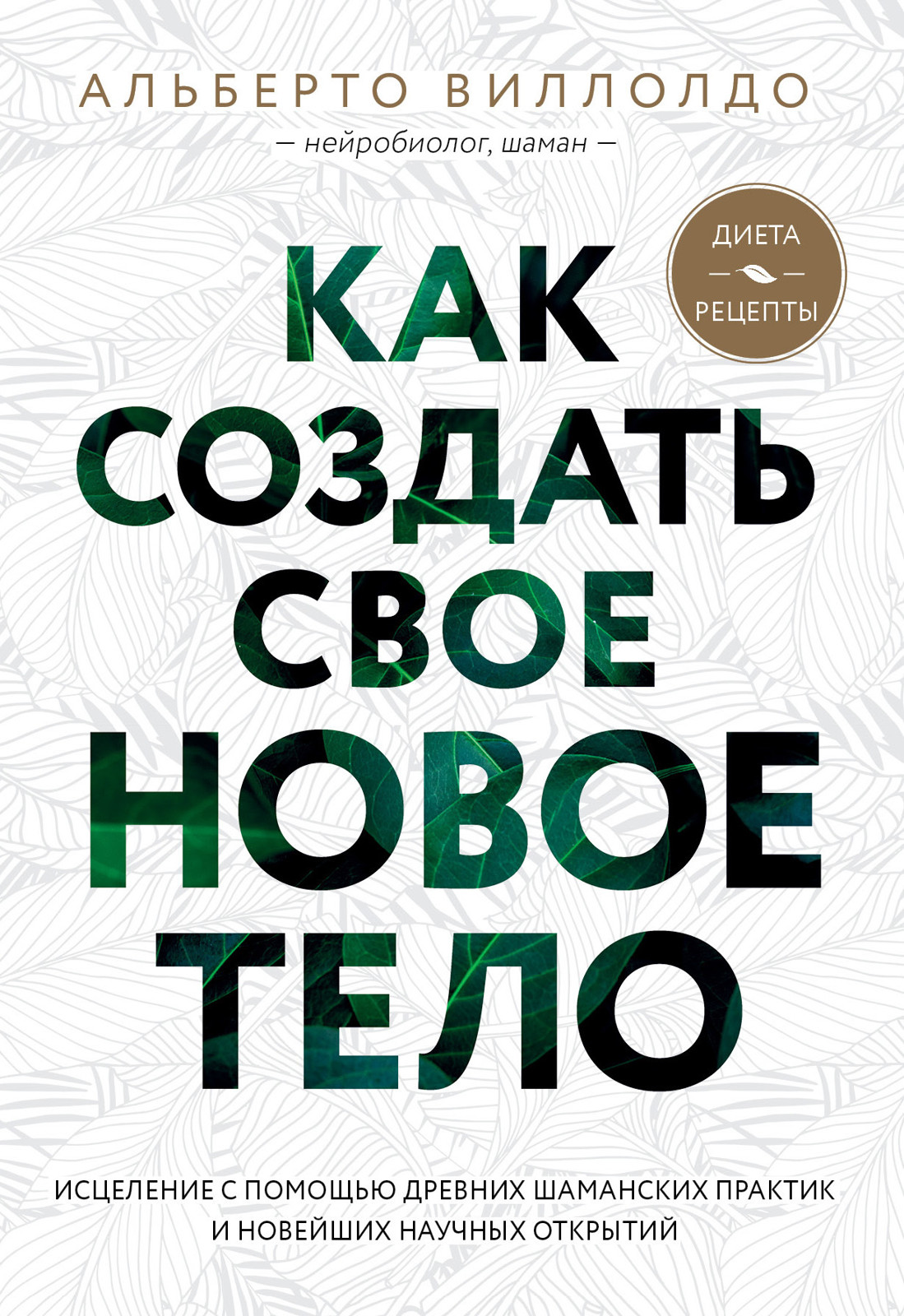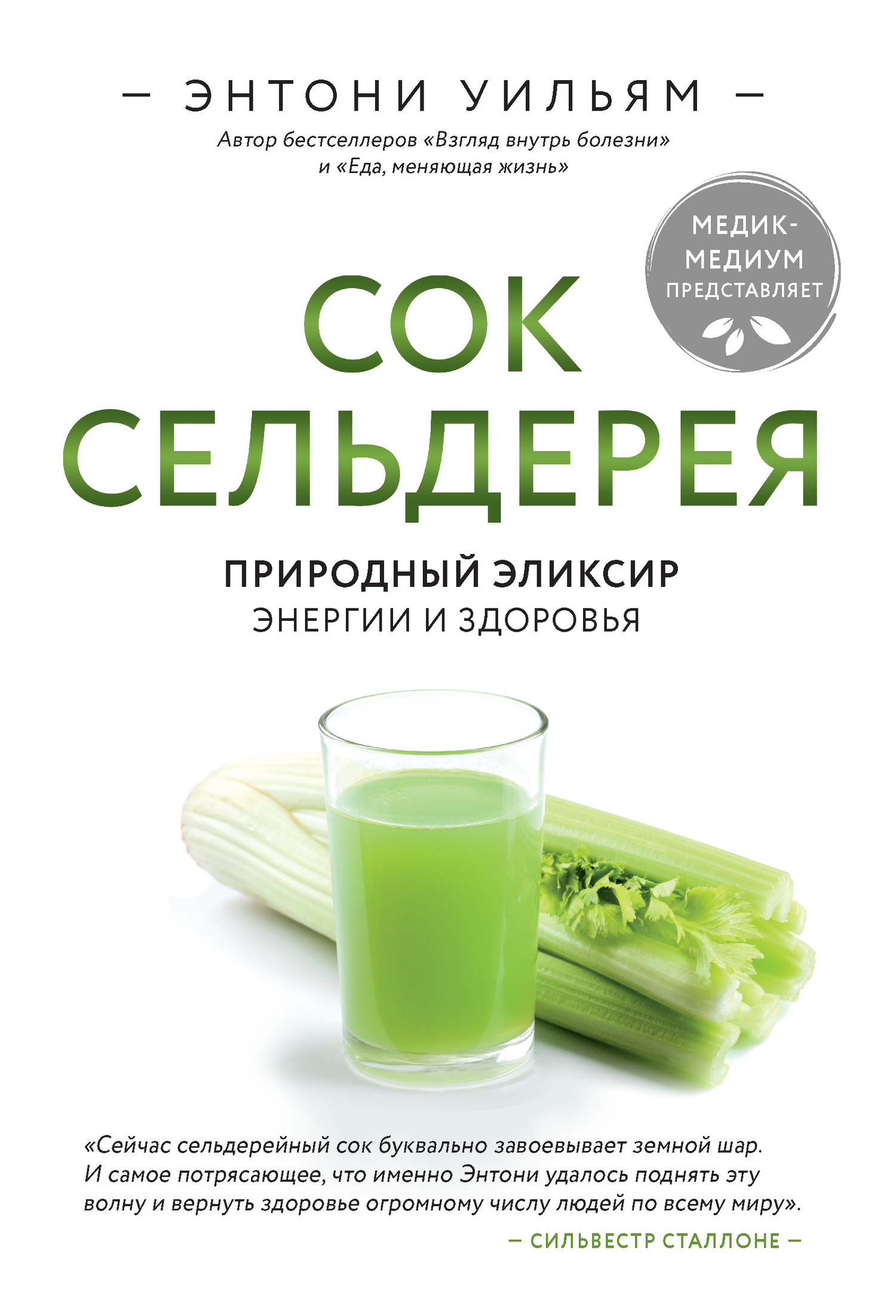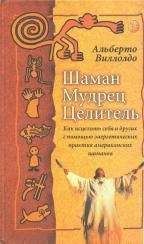Mahmood Zardast, and Fatemeh Basirinejad, “
Saccharomyces boulardii in
Helicobacter pylori Eradication in Children: A Randomized Trial from Iran”,
Iranian Journal of Pediatrics 26, no. 1 (February 2016): e3768. DOI: 10.5812/ijp.3768.
C. Costalos et al., “Enteral Feeding of Premature Infants with Saccharomyces boulardii”, Early Human Development 74, no. 2 (November 2003): 89–96. PMID: 14580749.
Lund University, “Estrogen in Birth Control Pills Has a Negative Impact on Fish”, ScienceDaily, March 4, 2016, www.sciencedaily.com/releases/2016/03/160304092230.htm.
Chia-Yu Chang, Der-Shin Ke, and Jen-Yin Chen, “Essential Fatty Acids and Human Brain”, Acta Neurologica Taiwanica 18, no. 4 (December 2009): 231–241. PMID: 20329590.
Vazquez et al., “Intragastric and Intraperitoneal Administration of Cry1Ac Protoxin from Bacillus thuringiensis Induces Systemic and Mucosal Antibody Responses in Mice”, Life Sciences 64, no. 21 (1999): 1897–1912.
A. Aris and S. Leblanc, “Maternal and Fetal Exposure to Pesticides Associated to Genetically Modified Foods in Eastern Townships of Quebec, Canada”, Reproductive Toxicology 31, no. 4 (May 2011): 528–33. DOI: 10.1016/j. reprotox.2011.02.004.
A. Fasano, “Zonulin and Its Regulation of Intestinal Barrier Function: The Biological Door to Inflammation, Autoimmunity, and Cancer”, Physiological Reviews 91, no. 1 (Jan 2011): 151–75. DOI: 10.1152/physrev.00003.2008.
Henry C. Lin, “Small Intestinal Bacterial Overgrowth: A Framework for Understanding Irritable Bowel Syndrome”, Journal of the American Medical Association 292, no. 7 (August 18, 2004): 852–858.
Els van Nood et al., “Duodenal Infusion of Donor Feces for Recurrent Clostridium difficile”, New England Journal of Medicine 368, no. 5 (January 31, 2013): 407–415.
Глава 5
Ioannis Delimaris, “Adverse Effects Associated with Protein Intake above the Recommended Dietary Allowance for Adults”, ISRN Nutrition 2013, (June 2013), Article ID 126929. DOI: 10.5402/2013/126929.
M. N. Corradetti and K. – L. Guan, “Upstream of the Mammalian Target of Rapamycin: Do All Roads Pass Through mTOR?”, Oncogene 25 (16 October 2006): 6347–6360. DOI: 10.1038/sj.onc.1209885.
Luigi Fontana et al., “Long-Term Effects of Calorie or Protein Restriction on Serum IGF-1 and IGFBP-3 Concentration in Humans”, Aging Cell 7, no. 5 (October 2008): 681–687. DOI: 10.1111/j.14749726.2008.00417.x.
Roberto Zoncu, Alejo Efeyan, and David M. Sabatini, “mTOR: From Growth Signal Integration to Cancer, Diabetes and Ageing”, Nature Reviews Molecular Cell Biology 12, no. 1 (January 2011): 21–35. DOI: 10.1038/nrm3025.
Luigi Fontana et al., “Decreased Consumption of Branched Chain Amino Acids Improves Metabolic Health”, Cell Reports 16, no. 2 (July 12, 2016): 520–530. DOI: 10.1016/j.celrep.2016.05.092.
Chia-Wei Cheng et al., “Prolonged Fasting Reduces IGF-1/PKA to Promote Hematopoietic-Stem-Cell-Based Regeneration and Reverse Immunosuppression”, Cell Stem Cell 13, no. 6 (June 5, 2014): 810–823. https://www.sciencedirect.com/science/article/pii/S 1934590914001519.
Suzanne Wu, “Fasting Triggers Stem Cell Regeneration of Damaged, Old Immune System”, USC News, June 5, 2014, https://news.usc.edu/63669/fasting-triggers-stem-cell-regeneration-of-damaged-old-immune-system/.
Marwan A. Maalouf, Jong M. Rho, and Mark P. Mattson, “The Neuroprotective Properties of Calorie Restriction, the Ketogenic Diet, and Ketone Bodies”, Brain Research Reviews 59, no. 2 (March 2009): 293–315. DOI: 10.1016/j.brainresrev.2008.09.002.
Penny Kris-Etherton et al., “AHA Science Advisory: Lyon Diet Heart Study. Benefits of a Mediterranean-Style, National Cholesterol Education Program/American Heart Association Step I Dietary Pattern on Cardiovascular Disease”, Circulation 103, no. 13 (April 3, 2001): 1823–1825.
Глава 6
Hervé Vaucheret and Yves Chupeau, “Ingested Plant miRNAs Regulate Gene Expression in Animals”, Cell Research 22, no. 1 (January 2012): 3–5.
Jo Robinson, “Breeding the Nutrition Out of Our Food”, New York Times, May 25, 2013, http://www.nytimes.com/2013/05/26/opinion/sunday/breeding-the-nutrition-out-of-our-food.html?smid=pl-share.
Kaitlyn N. Lewis, James Mele, John D. Hayes, and Rochelle Buffenstein, “Nrf2, a Guardian of Healthspan and Gatekeeper of Species Longevity”, Integrative and Comparative Biology 50, no. 5 (November 2010): 829–843. DOI: 10.1093/icb/icq034.
Britta Harbaum et al., “Identification of Flavonoids and Hydroxycinnamic Acids in Pak Choi Varieties (Brassica campestris L. ssp. chinensis var. communis) by HPLC-ESI – MSn and NMR and Their Quantification by HPLC-DAD”, Journal of Agricultural and Food Chemistry 55, no. 20 (October 3, 2007): 8251–8260.
Haitao Luo et al., “Kaempferol Inhibits Angiogenesis and VEGF Expression through Both HIF Dependent and Independent Pathways in Human Ovarian Cancer Cells”, Nutrition and Cancer 61, no. 4 (2009): 554–563.
Morgan E. Levine et al., “Low Protein Intake Is Associated with a Major Reduction in IGF-1, Cancer, and Overall Mortality in the 65 and Younger but Not Older Population”, Cell Metabolism 19, no. 3 (March 2014): 407–417. DOI: 10.1016/j.cmet.2014.02.006.
Thanks to Larry Furtsch of the American Museum of Natural History for this information.
Sally Fallon and Mary G. Enig, Ph.D., “Lacto-Fermentation”, The Weston A. Price Foundation, January 1, 2000, http://www.westonaprice.org/food-features/lacto-fermentation.
Elizabeth P. Ryan et al., “Rice Bran Fermented with Saccharomyces boulardii Generates Novel Metabolite Profiles with Bioactivity”, Journal of Agricultural and Food Chemistry 59, no. 5 (March 9, 2011): 1862–1870. DOI: 10.1021/jf1038103.
Martha Clare Morris, Sc.D., et al., “Consumption of Fish and N-3 Fatty Acids and Risk of Incident Alzheimer Disease”, Archives of Neurology 60, no. 7 (July 2003): 940–946.
J. S. Buell, Ph.D., et al., “25-Hydroxyvitamin D, Dementia, and Cerebrovascular Pathology in Elders Receiving Home Services”, Neurology 74, no. 1 (January 5, 2010): 18–26.
Michael F. Holick, M.D., Ph.D., “Vitamin D Deficiency”, New England Journal of Medicine 357, no. 3 (July 19, 2007): 266–281.
Глава 7
Joyce C. McCann and Bruce N. Ames, “Vitamin K, an Example of Triage Theory: Is Micronutrient Inadequacy Linked to Diseases of Aging?”, The American Journal of Clinical Nutrition 90, no. 4 (1 October 2009): 889–907. DOI: 10.3945/ajcn.2009.27930.
John Neustadt and Steve R. Pieczenik, “Medication-Induced Mitochondrial Damage and Disease”, Molecular Nutrition & Food Research 52, no. 7 (July 2008): 780.
Reiner J. Klement and Ulrike Kämmerer, “Is There a Role for Carbohydrate Restriction in the Treatment and Prevention of Cancer?”, Nutrition & Metabolism 8, no. 75 (October 2011), http://www.nutritionandmetabolism.com/content/pdf/1743–7075–8–75.pdf.
George F. Cahill and Richard L. Veech, “Ketoacids? Good Medicine?”, Transactions of the American Clinical and Climatological Association 114 (2003): 149–163.
W. F. Stewart et al., “Risk of Alzheimer’s Disease and Duration of NSAID Use”, Neurology 48, no. 3 (March 1997): 626–632. PMID: 9065537.
H. Chen et al., “Nonsteroidal Anti-inflammatory Drugs and the Risk of Parkinson’s Disease”, Annals of Neurology 58, no. 6 (December 2005): 963–967. DOI: 10.1002/ana.20682.
Глава 8
Jill Bolte Taylor, Ph.D., My Stroke of Insight: A Brain Scientist’s Personal Journey (New York: Viking Penguin, 2008), 146.
Richard Horton, “Offline: What




